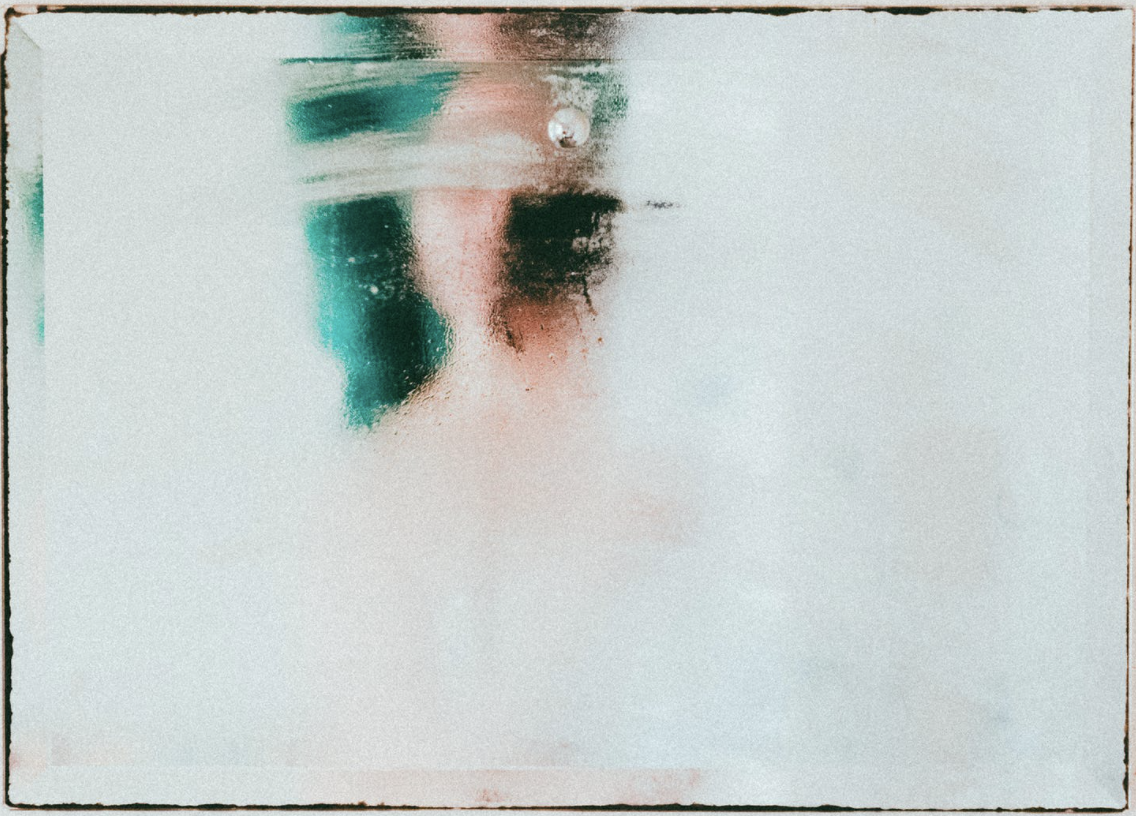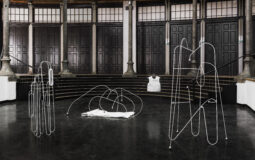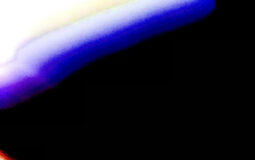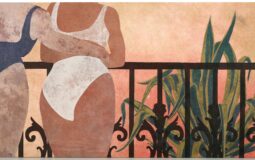- born 29th of October 1930 in Neuilly-sur-Seine, near Paris
- died 21rst of May 2002 in San Diego
I could do whatever I wanted, whether people liked it or not.
Niki was born as Catherine Marie Agnès Fal de Saint Phalle (she later changed her name to Niki when she was seven) and has four siblings.
Due to her fathers company closing down, her parents moved with her oldest brother to New York and left her and her siblings with her grandparents in Nièvre. Three years later she and her siblings rejoined her parents in the USA, where her father has found a job a manager of the American branch of the Saint Phalle family’s bank.
Growing up in a very strict catholic environment leads her to rebelling against it from a young age.
The family situation was very tense and difficult for her. Her mother was often violent, beating Nikis younger siblings and forcing them to eat when they were not hungry.
Her father sexually abused her for years, starting when she was eleven years old.
She later referred to the environment at home as “hell”.
Her school journey took her through a lot of different schools since she was expelled from some due to her being a bit rebellious and not behaving like it was expected from her, not like “a girl should behave”.
At Breadly School (which she attended from 1942 – 44) she met Jackie Matisse (the granddaughter of artist Henri Matisse) with who she formed a lifelong friendship.
She later said that it was also this school which lead her to becoming a feminist.
“It was there that I became a feminist. They inculcated in us that women can and must accomplish great things.”
Niki eventually graduated from Oldfields School in Glencoe, Maryland in 1947.
From the age of eighteen she started modeling, appearing among others on the cover of Life, French Vogue, in Elle and Harper’s Bazaar.
Also at the age of eighteen she married Harry Mathews, a childhood friend of hers, with whom she later also became two children, Laura and Philip.
After their marriage in 1949 they moved to Cambridge (Massachusetts) and that was were Niki first started painting, in oil and gouaches, but at that time she still wanted to pursue a career in acting.
In 1952 they moved to Paris.
Niki always rejected the strict, staid and conservative values her family and a big part of society held regarding the role of women, which dictated for wives the position of a housewife and doing mainly domestic chores and strict rules how to conduct.
When she realised that through marrying having children she got into the exact lifestyle she always wanted to escape from, she counteracted with them traveling around France and Europe for years, living a bohemian lifestyle.
After some troubles in tin their marriage (separate affairs,…) Matthew eventually decided to bring Niki to a mental clinic in Nice (where they were staying at that time) after finding a stash of knives, razors and scissors under a mattress and Niki being manic at that time and her taking an overdose of sleeping pills. In the clinic she was treated with electroshock therapy and insulin shock therapy.
As she finally was free from her everyday routine and chores, she now focused more on creating art, which lead her to being discharged again relatively fast.
In 1956 she had her first exhibition in Switzerland, showing oil paintings of hers.
Around 1959 Niki decided that she wants to dedicate herself fully to creating art, free from the obligations from everyday family life.
A year later she and Harry separated and he took the two children in with him.
Soon after that she moved in with artist Jean Tinguely, who she meet a few years ago. With him being freshly divorced of his wife himself, they start a relationship, which resulted in marriage in 1971.
In her later years Niki dealt with emphysema, asthma and arthritis, which was probably caused by exposure to glass fibers, fumes and petrochemicals used in her artwork. These health issues never stopped her though to explore new art media, new technologies and new venues.
For these same reasons she moved to La Jolla, California in 1994 and stayed there until her death.
In March 2002 she was in intensive care hospitalization for six months before dying on May 21rst of respiratory failure, caused by emphysema.
Her artwork
“Painting calmed the chaos that shook my soul.”
I first discovered Niki by coming across her ‘Nanas’, which are probably her most known work.
But no wonder they are, I also instantly fell in love with them.
‘Nana’ after a french slang word, roughly corresponds to “chick” or “broad”.
Through the Nanas Niki explored various “roles” of women, be it mothers giving birth, brides, monsters or just large heads.
At the beginning they were made of softer materials, such as wool, cloth and papier-mâché.
Soon though they evolved into plaster over a wire framework and plastic toys and they always were life-size.
As they later became more and more monumental, Niki used composite fiberglass reinforced polyster plastic and decorated it with bright coloured acrylic or polyester paints. She also often used polyurethane foam for her them.
Through these new materials it was possible to make large scale sculptures with ease and fluidity of form.
A lot of her earlier Nanas were more ghostly, skeletal and dressed as brides in white dresses.
Over the time the figures became more joyful, colourful, rounder and larger in scale.
A lot of the newer figures took on different dance poses or acrobatic positions.
In 1963-64 she creates a special series of the Nanas, protesting stereotypical societal roles for women, for example as child bearers, mothers, witches and prostitutes.
Another interesting aspect of her artwork are the so called ‘Tirs’ (french for shootings or shots), a series of works she created in the 1960’s.
These ‘Tirs’ were a combination of performance, body art, sculpture and painting.
The series started out with the ‘target pictures’. In these she painted a bullseye into her collages and then invited viewers to throw darts at the dartboard embedded in the collage.
Soon she started to embed knives, razor blades, scissors, baby-doll arms and other household items in plaster, which covered a large board, along with bags filled with colourful paints, spray cans and sometimes tomatoes. Then she would repeatedly shoot at the assemblage ( = collages with three-dimensional objects, fixed on a base plate) which causes the liquids to leak out (“bleed”) or to spray out.
She once said “Through shooting at her own violence, she is shooting at the violence of her time period and it’s injustices.”
Her first public shooting event was in 1961. These events also attracted a lot of media attention.
She soon after began to stage a variation of ‘Tirs’ in art museums and galleries and also “recruited” other artists to join her in such ‘happenings’ ( = a performance, event or situation art directly improvised with the audience) in which some of them also shoot at the assemblages.
One of the artworks created at a ‘Tir’, 1961
Niki created also a lot of paintings, often made with oil paint.
‘Red Sun’ by Niki de Saint Phalle, 1990
Nikis artwork is just so powerful but it holds a lot of emotion at the same time. I sometimes feel like the emotions are splashing over from the artwork onto the viewer or into the world, because there is just so much in there which needs to be set free after being contained for too long.
I feel empowered when I watch her artwork (especially the Nanas) and at the same time the emotions in her artwork deeply touch me. You feel an honest connection for the time you view the artwork, and I really love that.
(portrait by Erling Mandelmann)
Life…is never the way one imagines it. It surprises you, it amazes you, and it makes you laugh or cry when you don’t expect it.
Nikki de Saint Phalle
Art Uncovered also has an exclusive membership, where we dive even deeper into art and the lives of artists. The Patreon membership starts at only $5/month. If you’re keen and curious where art is concerned then join the community on Patreon and celebrate art with us. Click here to join.












